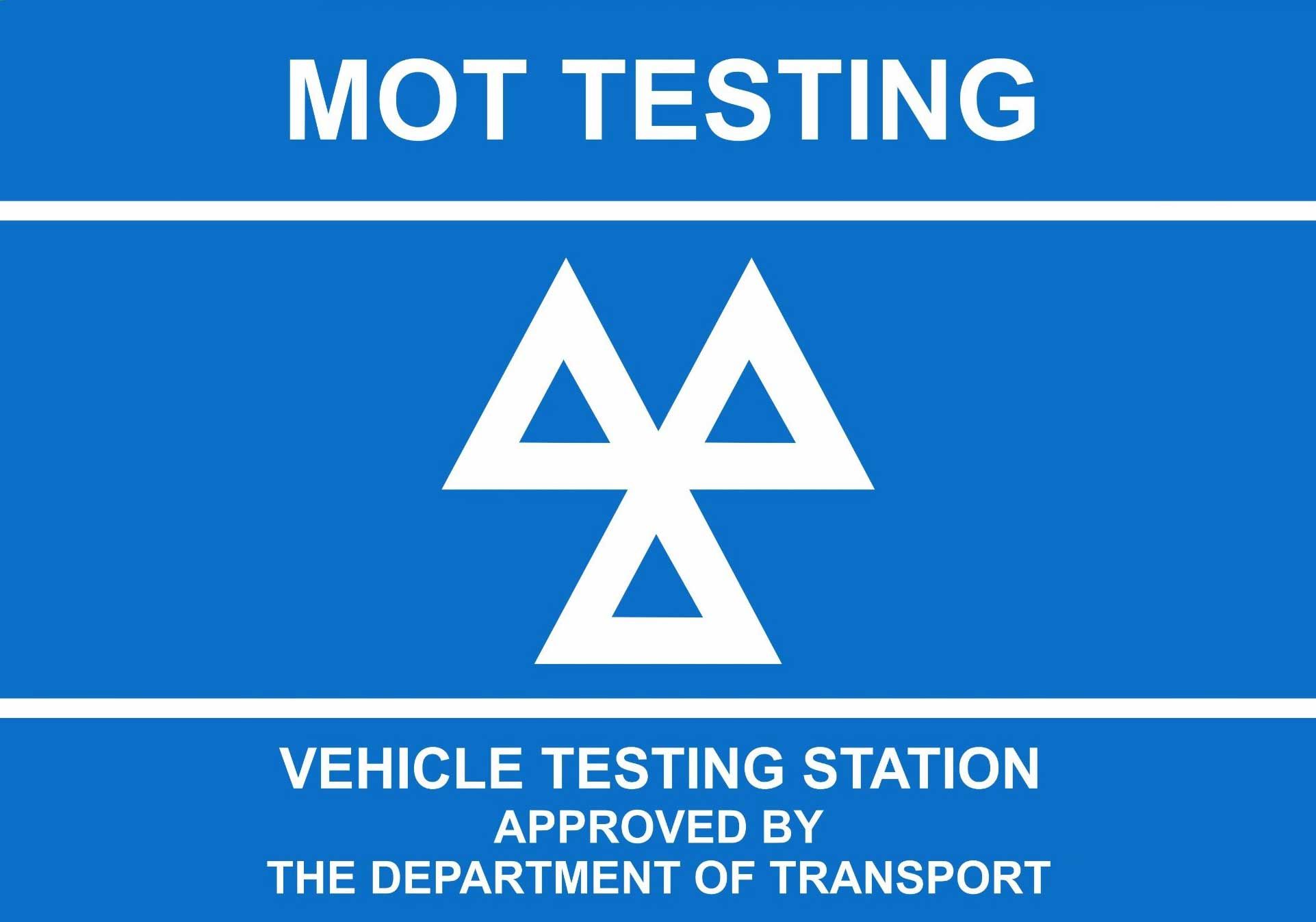Cheadle Hulme MOT will check the following when they do your MOT
Lamps, reflectors and electrical equipment
Lights
Front lights, rear lights, brake lights, fog lights, indicator lights and registration plate lights and rear reflectors must:
All be correctly positioned and secure
Nothing be obscured
All be in good condition
Clearly show the correct colour
Not be adversely affected by the operation of any other light
Will Illuminate with a single operation of the switch
Horn
The horn must emit a continuous note and must be loud enough to be heard by another road user.
Battery
The battery has to be secure and not show any signs of leaking.
Electrical wiring
All wiring should be secure and must not be damaged to the point where it is likely to short circuit or become detached.
Vehicles with a towbar
Electrical sockets will be tested for its condition and that it correctly operates the trailer parking lights, brake lights, indicators and rear fog lights.
Steering
Will check the strength and condition of the steering wheel by pushing the steering in various directions and inspecting for wear or damage to the steering components. If your steering has a locking device, it’ll be tested to ensure it only locks when the engine is not running. Vehicles with power steering must have at least the minimum level of power steering fluid in the reservoir.
Suspension
Suspension components and shock absorbers will be checked for excessive corrosion, distortion and fractures.
Brakes
The overall condition of the brakes, pedals and levers are inspected, as well as any relevant warning lights.
A brake performance test will be carried out to test brake efficiency.
Tyres and road wheels
Each tyre must be of an appropriate speed and load rating for the vehicle. Tread depth must not be below the legal limit of 1.6mm, and tyres will be examined for cuts in excess of 25mm, lumps, bulges, tears, exposure of the cord and tread separation.
For vehicles with run-flat tyres, the warning light must operate correctly.
Road wheels must be in good general condition.
Seat belts and restraint systems
Each seat belt (including the attachment and adjustment fittings) will be checked for its security and condition.
Body, structure and general items
Body
A general inspection is made of the body, chassis, engine mountings, seats and doors. All components must be free from excessive corrosion and must not have any sharp edges that might cause injury.
Registration plates
A registration plate must be fitted at the front and rear. The plates must be secure and clearly legible to someone standing 20 metres away from the car.
The characters on the plate must be correctly formed and spaced and not likely to be misread.
Vehicle Identification Number (VIN)
Every vehicle must permanently display a legible VIN, either on a VIN plate secured to the vehicle, or stamped or etched on the body or chassis.
Speedometer
A speedometer must be fitted, and the tester will check that it can be illuminated. It does not matter if the dial glass is cracked as long as the speed can be read.
Exhaust system
The exhaust system will be inspected to ensure it is secure and doesn’t leak. If your vehicle was originally fitted with a catalytic converter, it must still be present.
Fuel system
The fuel system will be checked for leaks and the tank cap must seal properly.
Emissions
The tester will use a gas analyser probe while the engine is running to test the smoke emitted from the exhaust. Emissions of carbon monoxide and hydrocarbons must fall within the legal limit.
The tester will make a visual check for excessive dense blue or black smoke emitted from the exhaust, which is a cause for MOT failure.
Mirrors and wipers
Rear view mirrors and wing mirrors must be secure and provide adequate views to the rear and side.
Wipers and washers must sweep a wide enough area to give the driver an adequate view of the road
Windscreen
In the area of the windscreen directly in front of the driver, there must not be any damage or obstruction to the view larger than 10mm. Outside this area (but within the swept area), there must not be any damage or other obstruction larger than 40mm.

